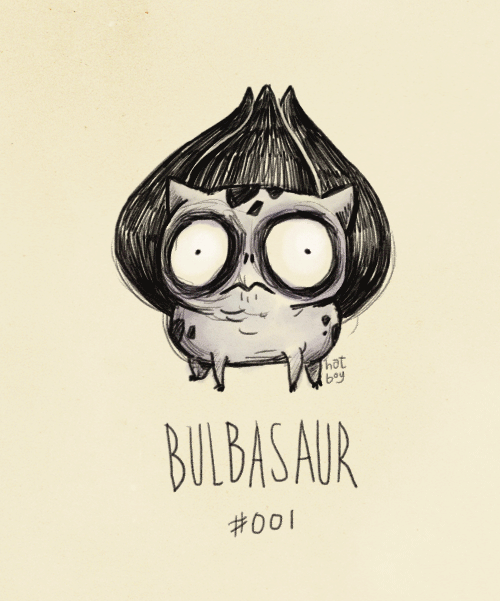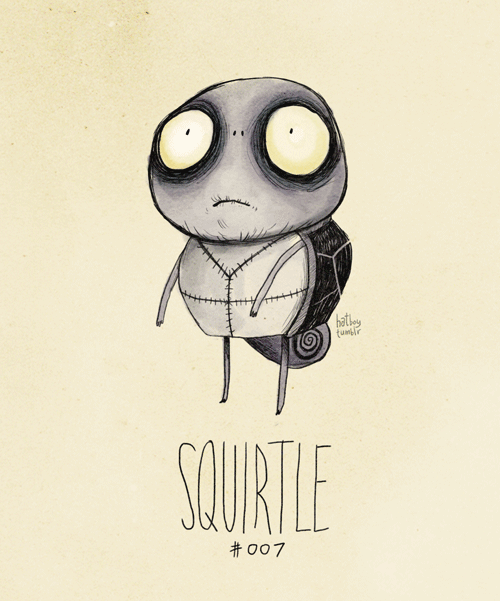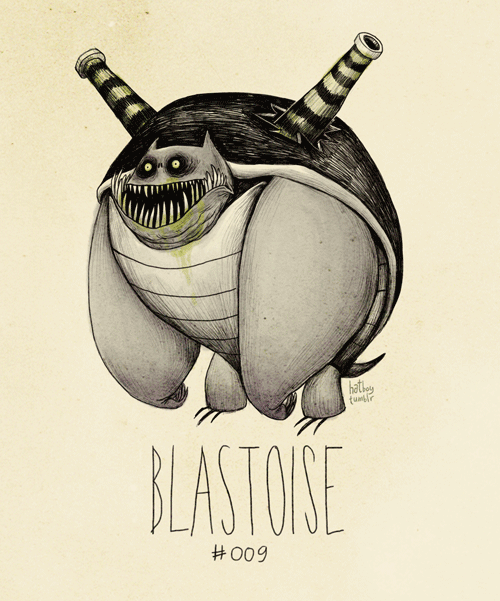
Editor’s note: Jason Shellen is a former Googler and founding product manager of Google Reader. He is now co-founder at Boxer and advisor at Tapedeck. Follow him on his blog and on Twitter @shellen.
As part of Google’s recent announcement that it is shutting down Google Reader in July, I thought looking back at the history of how our beloved, but beleaguered, feed reader came to be, why we’ll miss it and what we really want in the future.
Back in the days on the Blogger team, we spent a lot of time thinking about how to get people blogging after they had signed up. However, when Blogger achieved critical mass, the need to model good blogging seemed less important since great writers, musicians, photographers and journalists were gravitating towards the form and showing the rest of us what made good blog content. The questions we began to hear from users changed from “How and what do I blog?” to “Where do I find the good ones?” and “How do I keep up with all of these great blogs?” Naturally, blog search and a blog reader or aggregator of some sort couldn’t be too far off.
Meanwhile, there was an ever-increasing number of good Windows and Mac desktop aggregators popping up (Feed Demon, NewsGator, Radio Userland and NetNewsWire). They were mostly made by great independent developers but didn’t have a web-app component until a few years later. Then along came Bloglines. It was the first feed aggregator that our Blogger team gravitated towards. It was very simple at first and gained more powerful features over time. But my personal frustrations were growing not just with Bloglines, but with some of the social integrations I wanted to see on the web.
I remember a very early version of Firefox had crashed, taking with it my open Bloglines tab and thus losing the 100+ items that it would surely “mark as read.” If I went back to Bloglines it would appear as if I had read all of those items, and there would be no way to catch up. I was upset!
I wheeled around in my chair in the Blogger bullpen and complained to Biz Stone: “I wish there were some sort of eye tracking that would tell which item I had read and saved my state!” He agreed with my wacky proposal. I continued to stew.
Aside from dreaming up features for products I didn’t control, I had spent a considerable amount of time at Google helping to form the cross-industry group that ultimately published the Atom feed format and Atom Publishing Protocol. We were pushing Atom to become a recognized Internet standard, with companies such as Six Apart, IBM and Macromedia onboard. When Blogger turned on Atom feeds for all of our millions of users, Blogger single-handedly became the No. 1 producer of feeds in the world. This was huge for aggregators, because for any of them to become mainstream, more content in a subscribable format was needed.
One beautiful wonderful thing happened along the way to creating Atom.
Atom was an effort to make feed reading and subscriptions more consumer friendly. If we were really successful with what we had built, we imagined a world where you didn’t need to market the plumbing of a technology to realize the benefit. Some who embraced RSS-only saw this as an opportunity to latch onto a brewing controversy or, worse, as the window to market RSS to consumers. The next few years would be a boring marketing landscape, as we saw orange and blue chicklets slapped up haphazardly around the web. In hindsight it’s easy to see that consumers understood words like “follow” or “friend” for content they wanted delivered regularly rather than “subscribe,” “RSS” or “Atom feed.”
One beautiful wonderful thing happened along the way to creating Atom. For a few years, I had kept a little side-blog right alongside my main blog at shellen.com. The main view showed larger posts, but I was using some server-side code to read a file I was publishing in another directory and display the second blog on the right-hand column. It was great for shorter posts, but I wondered if there would be a way to display an Atom feed alongside my blog instead of my slapped-together solution.
I wondered this aloud to Chris Wetherell one day in 2004, an engineer on the Blogger team.
“Say Chris, do you suppose you could display an Atom feed in JavaScript?” He took the challenge and “Feedless” was born. I dropped in a few files on my blog server and pointed it to my new Blogger-created Atom feed. It worked!
However, Chris wanted to show me something else. He quickly modified his first script into something that could display more than one feed into a beast that could blend items together. My mind raced and I saw the value immediately. We could create Blogger Friends, a page on Blogger where you could see all of the blog posts from your friends. LiveJournal had something like this years earlier but maybe you could even follow people who weren’t on Blogger? Before long this was all Chris and I could talk about, and plans began for Chris’ 20 percent project to become a full-fledged Google project in early 2005.
The “Goals and Objectives” section of the product plan for Project Fusion (an early codename for Google Reader) stated “Our goal is to build a robust web service and best-of-breed user interface for viewing subscriptions. We will be producing an API for read/unread state of individual posts on a per-user basis and will also build our feed viewer on top of this API.” Pretty geeky stuff. However, we also had a vision statement that was sufficiently less geeky and more jaw-droppingly, ambitious. “Our vision is to become the world’s best collaborative and intelligent web content delivery service.”
I’m sad to see it go but Google Reader shutting down isn’t a surprise to me.
As far as we were concerned, the text of blog posts was just the beginning of a content revolution. In fact that early codename, Fusion, was meant to be a hint of the future of how web content would be consumed, fused together perhaps in a new TV-like format.
The future was ripe with possibilities. Our little team was going to launch our product on Google Labs, which meant we could try wild ideas. We knew that Google Video was around the corner and YouTube was still an independent but promising site. We also knew that the Picasa acquisition would help bring fast photo embedding and display to the web. The possibilities were seemingly endless. Our short-term vision included tying all of this together in an easy-to-consume way that also allowed you to easily share it with friends and find or subscribe to more content from a search box powered by Google all from within our app.
In October 2005, Google Reader launched to 100,000 of our closest friends. The team pulled off some amazing feats in a short amount of time. We quickly learned that there was indeed a truly long tail of feed-based content. We experimented with audio, video and photo content displays. We became the relied-upon backend for iGoogle’s feed-based gadgets and had a Reader gadget on iGoogle that became one of my favorite ways to use Reader.
But in early 2006, it was clear to me that, while I was proud of what we were building, we weren’t likely to be that magical fusion of all things digital. I moved on to other projects at Google. Reader was and remains today a great delivery system of content you knew you wanted to see every day.
I’m sad to see it go, but Google Reader shutting down isn’t a surprise to me. The recent hiccups and fact that it remained separate from any other Google social efforts didn’t bode well for its long-term health. I’m certainly overwhelmed by the petition and public outcry. And who doesn’t love a good “Downfall” parody? But what is it that we’re responding to in Google’s decision to shutter Reader?
Reader was like TiVo for the web, appealing to completists and skippers alike.
Reader was an application that felt like you were in control of the programming. You could summon the content you told it to keep track of at your leisure. Reader was like TiVo for the web, appealing to completists and skippers alike. Read everything or read nothing. The choice was yours. When we started Reader, I envisioned something a little more like Google News that knew about your likes and dislikes and would program based on what we thought we knew about you. Indeed recommendations became a part of Reader in the past few years.
But it’s no surprise that Facebook and Twitter (who know an awful lot about what you like) are in a better position to deliver suggested content these days. They don’t explicitly put you in the driver’s seat of programming what you see. We rely on the people (or brands) we follow to act as filters. But it’s not that level of control we came to expect with Reader.
A feed reader lets you subscribe to known content. A feed reader lets you know about content you should subscribe to. A good feed reader lets you know what your friends are reading and gives you the opportunity to share. A smart feed reader displays content in a specific way based on the content and shows you only what you need to know and nothing you don’t. Perhaps the smartest of them all doesn’t need to care whether or not this content comes from a feed at all, toes the line between curating and creating content, and maybe already exists.
I’ve been asked a lot recently if an aggregator or feed reader is even needed these days and what should take Reader’s place. Certainly the folks at Feedly, Digg, Zite and others have promising efforts, but my recommendation is to build something that moves beyond the confines of reading or feeds. Just build the world’s best collaborative and intelligent content-delivery service.
[Illustration: Bryce Durbin]






















































































